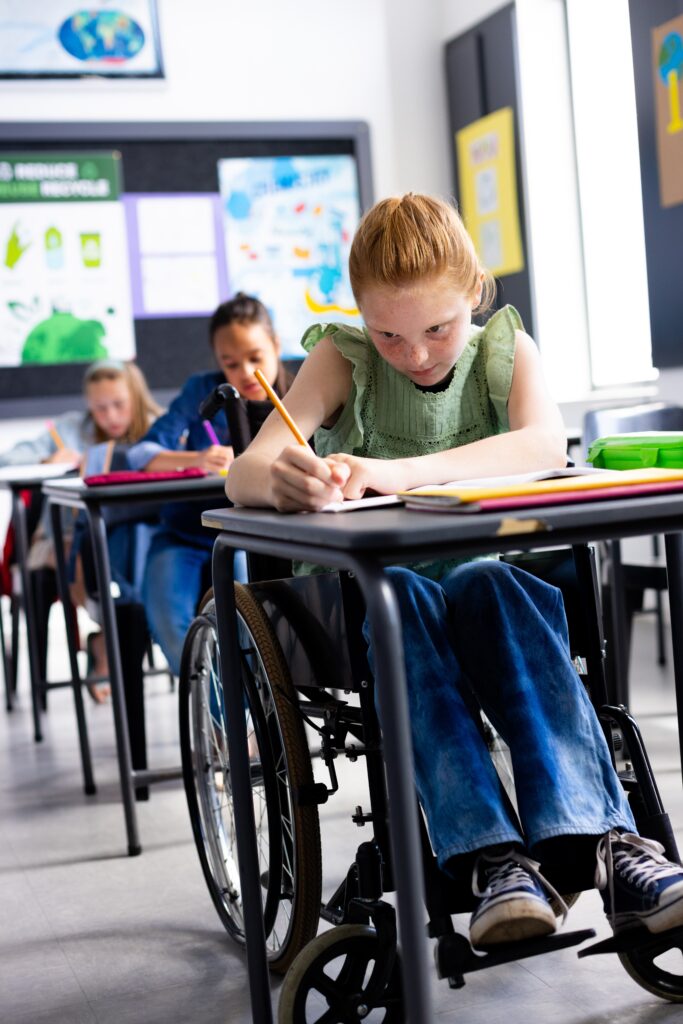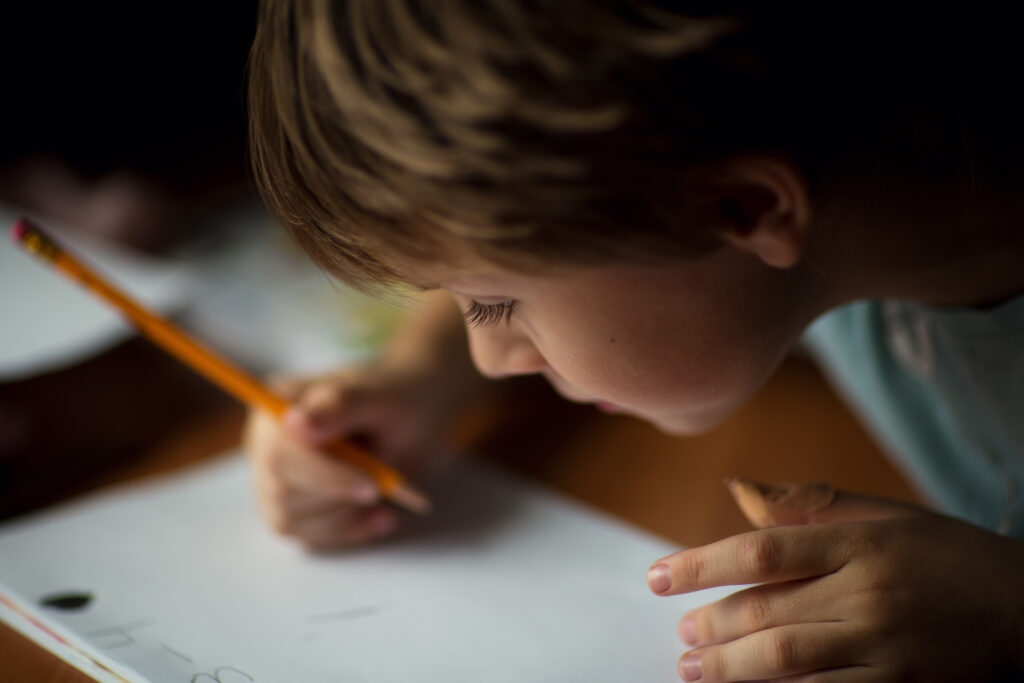The Startling Evidence of Learning Loss
February 11, 2024
During the Covid-19 pandemic, the U.S. Congress allocated $190 billion in aid to schools, mandating that 20% of these funds be used to address learning setbacks. This financial support came in response to widespread school closures which affected 50 million students, leading to a significant educational disruption considered potentially the most damaging in American history. The closures resulted in a two-decade setback in math and reading progress, exacerbating the achievement gap between poor and wealthy students.
The New York Times editorial board raised the profile of what many educators and parents had been sounding the alarm on since 2021. The authors didn’t mince words when they wrote:
The school closures that took 50 million children out of classrooms at the start of the pandemic may prove to be the most damaging disruption in the history of American education. It also set student progress in math and reading back by two decades and widened the achievement gap that separates poor and wealthy children.
As the federal aid is set to expire this year, concerns are growing that the learning losses will remain unaddressed, potentially leading to reduced lifetime earnings for this generation and a subsequent economic burden. Despite the urgency of the situation, there appears to be insufficient mobilization by education administrators and elected officials to counteract these educational challenges.
The crisis is compounded by a surge in absenteeism, with over a quarter of students becoming chronically absent in the 2021-22 school year, a significant increase from pre-pandemic levels. This trend is especially pronounced in poorer districts but is also evident in affluent areas, indicating a widespread issue across various socioeconomic backgrounds.
Efforts to mitigate the learning loss include the implementation of high-impact tutoring and increased instructional time, strategies supported by educational research. However, these require substantial resources and a collective effort from all levels of government, educators, and the community. Addressing the broader issues of student disengagement, mental health challenges, and the need for a supportive school environment are also critical to reconnecting students with their education and reversing the pandemic-induced learning gaps.



